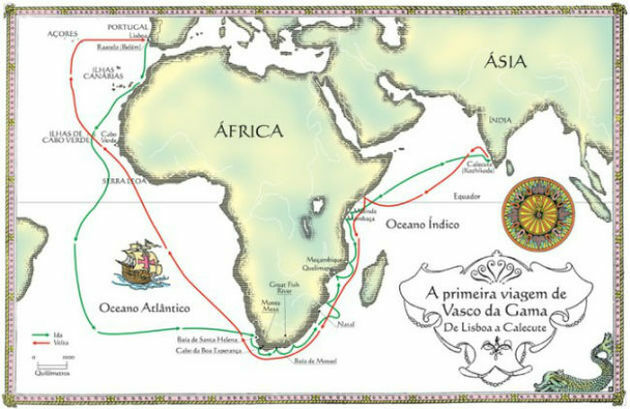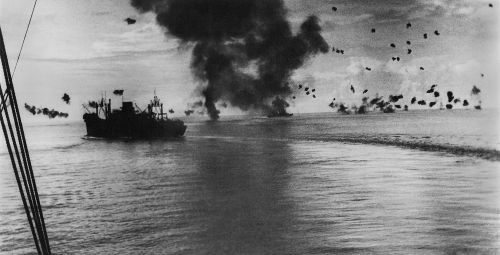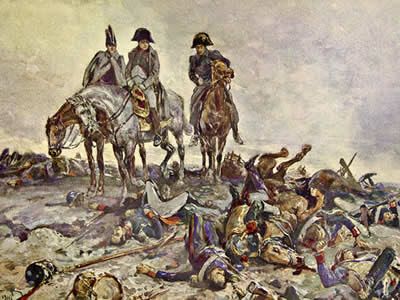African tour is the name of a series of voyages carried out by the Portuguese in the 15th century, initially through the Mediterranean Sea, but above all along the coast of Africa.
The objective was to find an alternative way to reach the Indies and be able to bring the products without having to buy them in Genoa or Venice.
Introduction to the African Tour
Portuguese navigation gained an important boost through the encouragement of Infante Dom Henrique (1394-1460), who sponsored the "school" of Sagres, as well as numerous expeditions.
The Portuguese navigators responsible for acting on the African tour were Bartolomeu Dias (1450-1500), Vasco da Gama (1469-1524), Diogo Cão (1440-1486), Gil Eanes (century. XV) and Pero da Covilhã (1450-1530).
On the route were reached:
- Ceuta (1415)
- Wood (1419)
- Azores (1431)
- Bojador Cable (1434)
- Rio do Ouro (1436)
- White Cable (1441)
- Cape Verde (1445)
- Mine (1475)
- Congo (1482)
- Sao Tome (1484)
- Cape of Storms (1487)
- Mozambique (1498)
- Mombasa (1498)
- Malindi (1498)
- Ascension (1501)
- Saint Helena (1502)
When they reached the regions, the Portuguese created trading posts, which consisted of points on the coast where forts were built.
In the factories there remained some representatives of the crown who would be responsible for negotiating the products of the region with the natives.
During this period, taking possession of the land and marketing products was the only objective of the Portuguese, who had not yet decided on exploitation through colonization. It was also not the intention of the Portuguese Crown to settle settlement.

Cape do Bojador
Cabo do Bojador represented a difficult limit to be crossed and to do so became the goal of all navigators who set out to search for new lands.
In the expedition of Gil Eanes, in 1434, the ships moved away from the African coast (a much feared maneuver) and only later did they find it again. Thus, once Cape Bojador was crossed, they realized that the region was easy to navigate.
The African Periple and the Crown Monopoly
From 1460 onwards, the trade in people to be enslaved already represented a profitable business in the area that stretched from Senegal to Sierra Leone.
This was the year of Infante Dom Henrique's death, but the trips continued to receive support from the Crown. In 1462, gold was discovered in Guinea by Pedro Sintra (century. XV).
It was King Dom João II (1455-1495), whose reign began in 1481, who decreed the exclusivity of the Portuguese crown to exploit the property of the colonies.
The so-called royal monopoly changed the characteristics of mere exploitation. Now, settlement would be established and local production organized.
Cape of Storms or Good Hope?

With the good results, the navigations continued. Thus, in 1488, Bartolomeu Dias, an experienced navigator, managed to cross Cabo das Tormentas, named this way due to the storms he faced.
Later, this geographic accident would change its name to Cape of Good Hope. The navigator Vasco da Gama manages to cross it between 1497 and 1498. It reaches the Indies and lands in Calicut, where it negotiates products and trade agreements with local chiefs.
Vasco da Gama's onslaught resulted in profits exceeding 6,000% because the control of the purchase of Indian products was done by the Italians.
There are more texts on this subject for you:
- Portuguese Navigations
- Conquest of Ceuta
- European Maritime Expansion
- precolonial Africa
- slave ships


